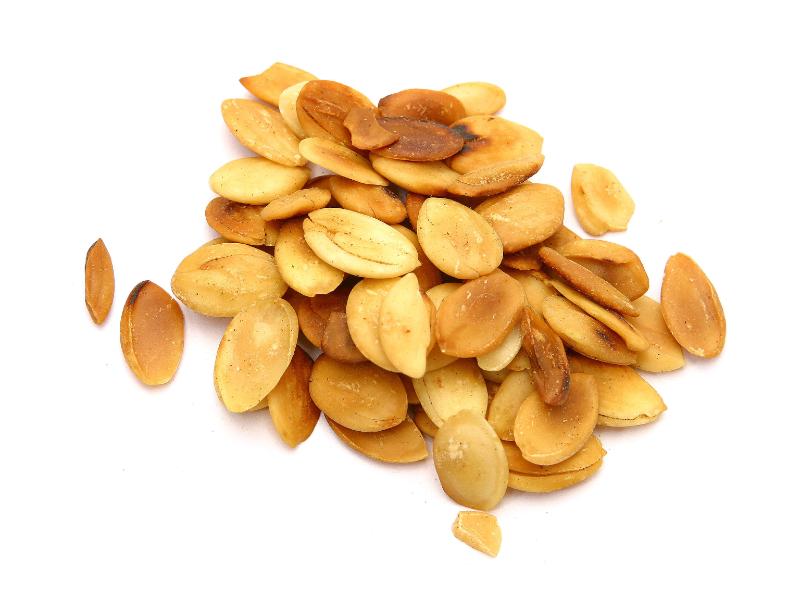Search in medicinals
Persicae Semen
Peach kernel
桃仁 〔桃仁〕 táo rén

Alternate Chinese names: 光桃仁 guāng táo rén; 桃核仁 táo hé rén
Kingdom: Plant
Origin in PRC Pharmacopoeia: Prunus persica (L.) Batsch; Prunus davidiana (Carr.) Franch. (PRC Pharmacopoeia)
Origin in unofficial sources: Prunus persica (L.) Batsch; Prunus davidiana (Carr.) Franch.
Use: Medicinal
Category: Blood-quickening stasis-transforming agents / Blood-quickening menses-regulating agents
Properties: Bitter, sweet; balanced; slightly toxic.
Channel entry: Liver, heart, lung, and large intestine channels.
Actions and indications:
- Quickens the blood and transforms stasis: Static blood leading to menstrual pain, amenorrhea, postpartum stasis obstruction abdominal pain, or concretions, conglomerations, accumulations, and gatherings; injury from knocks and falls; and pulmonary welling-abscess or intestinal welling-abscesses.
- Moistens the intestines and frees the stool: Constipation due to
intestinal dryness . - Additional uses: Táo rén can be used with xìng rén to relieve cough and calm panting.
Dosage and method: Oral: 1.5–3g in decoctions; grind to powder (0.3–0.6g); use in pill or powder preparations.
Warnings: Táo rén, like xìng rén (Armeniacae Semen), is slightly toxic. It contains amygdalin, which can produce hydrocyanic acid. In excessive quantities, this can paralyze the respiratory center. Táo rén is contraindicated in pregnancy. Use it with care in patients with sloppy stool. Decoctions are less toxic than ingestion as a raw powder or pill, but it should still not be used in excessive dosages.
Product description: The dry seed is flat and ovate, 1–1.6 cm long, and 0.8–1 cm wide. The exterior surface is a reddish or yellowish brown, with longitudinal wrinkles spreading from the base. The tip is pointed, and the base is rounded, and slightly skew. The linear hilum at the base is brown in color and protrudes slightly. The brittle thin seed coat covers an oily cream-colored seed that comprises two cotyledons with a fissure between. The seed has only a faint smell.
Quality: Unbroken, neat, fat seeds of even size are the best.
Production area: Shǎnxī (Shaanxi), Húběi, Sìchuān, Hénán, Shānxī, Shāndōng, and Yúnnán.
Back to search result Previous Next